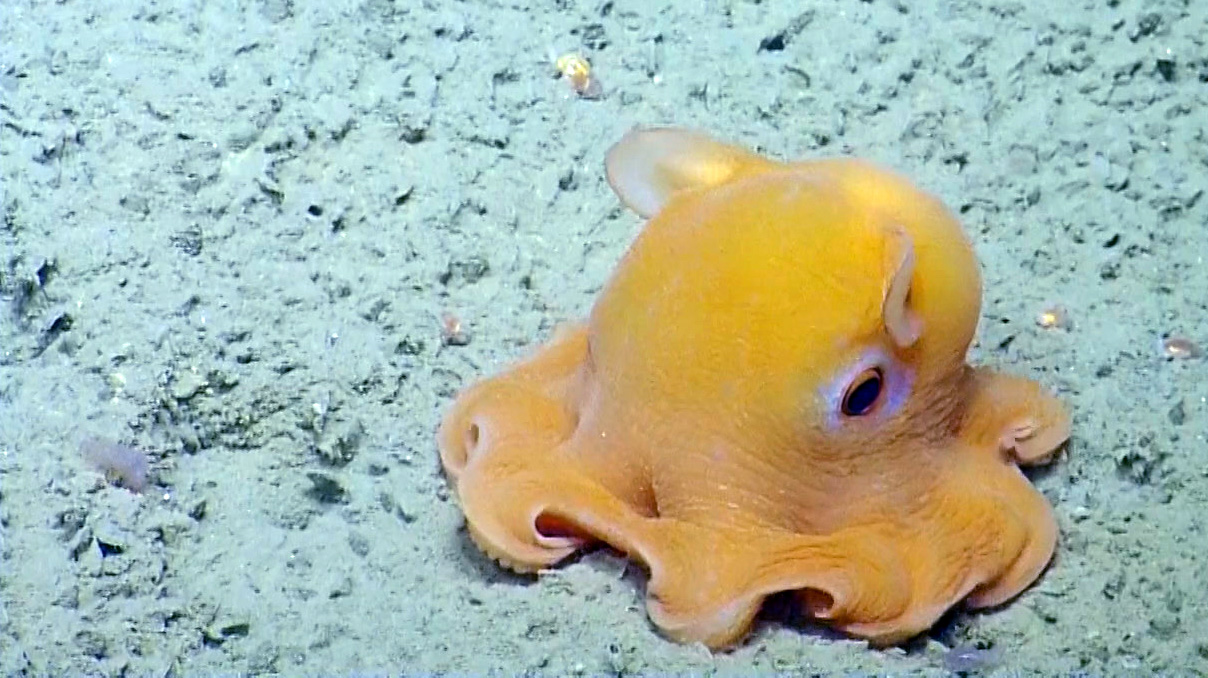
Introduction
The Dumbo Octopus is a fascinating creature that resides in the depths of the ocean. With its unique appearance and behavior, this enigmatic cephalopod has captured the attention of marine biologists and deep-sea enthusiasts alike. In this article, we will explore the mesmerizing world of the Dumbo Octopus and uncover the secrets of this elusive creature.
:max_bytes(150000):strip_icc()/19753193116_414ff0a291_o-9da1e7b2aa104f4fa008802bf315dd7b.jpg)
Physical Characteristics
The Dumbo Octopus, also known by its scientific name Grimpoteuthis, derives its name from the iconic Disney character Dumbo. Just like its namesake, this octopus possesses two ear-like fins on either side of its mantle, giving it a distinct and adorable appearance. These fins resemble the ears of Dumbo the elephant, hence the name.

These incredible creatures come in various colors, ranging from pink, blue, and yellow to transparent shades. Their soft bodies are covered with a gelatinous skin, which helps them navigate through the deep-sea environment with ease. Dumbo Octopuses can measure anywhere between 20 to 30 centimeters in length, making them relatively small compared to their relatives.

Habitat and Distribution
The Dumbo Octopus is primarily found in the deep-sea environment, inhabiting depths of up to 7,000 meters. They are known to reside in various oceans around the world, including the Pacific, Atlantic, and Indian Ocean. These cephalopods prefer areas with soft sediments, such as muddy or sandy substrates, where they can camouflage themselves and hide from potential predators.
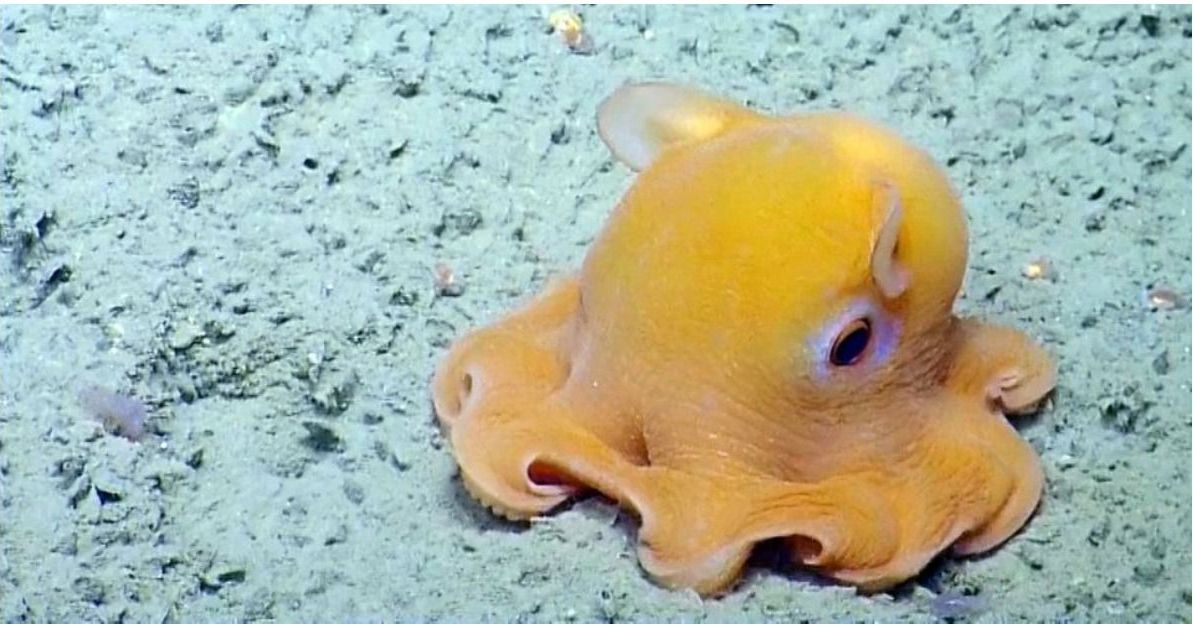
Due to their preference for extreme depths, encountering a Dumbo Octopus is a rare occurrence. Exploring their habitat requires advanced technological equipment and deep-sea submersibles, making them difficult to study in their natural environment. As a result, much of our knowledge about these fascinating creatures remains limited.
Feeding Behavior
The Dumbo Octopus is a carnivorous predator, feeding primarily on small invertebrates and crustaceans. With its long and slender tentacles, it uses its suction cups to capture prey and bring it towards its beak-like mouth. These cephalopods are excellent hunters, utilizing their well-developed eyesight and acute senses to detect prey in the dark abyss.
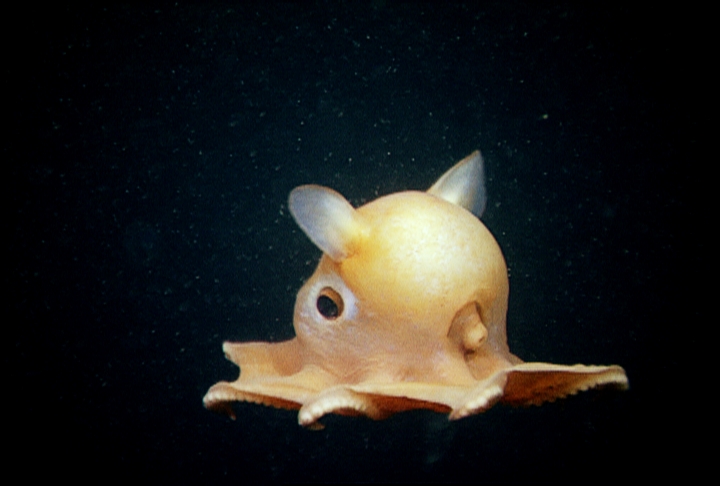
As ambush predators, Dumbo Octopuses patiently wait for their prey to come within reach before swiftly capturing it. Their diet mainly consists of amphipods, copepods, small shrimp, and various other organisms that inhabit the deep-sea environment. Despite the scarcity of food sources in their habitat, these creatures have adapted to survive in challenging conditions.

Reproduction and Lifecycle
Little is known about the reproductive behavior of Dumbo Octopuses due to the challenges associated with studying them in their natural habitat. However, based on the limited observations, it is believed that these cephalopods have a relatively short lifespan of around 3 to 5 years.
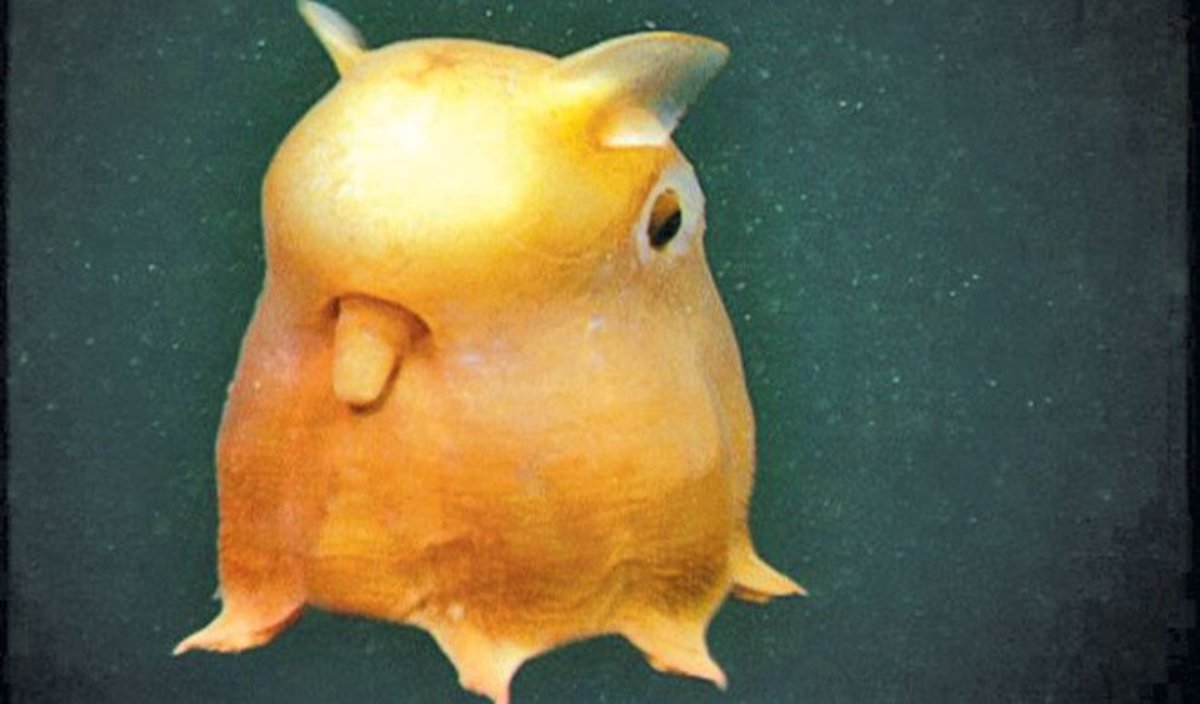
Female Dumbo Octopuses are known to lay eggs, which they attach to hard substrates or other surfaces. The female octopus diligently guards her eggs until they hatch, ensuring their safety during the incubation period. Once the eggs hatch, miniature versions of Dumbo Octopuses emerge, ready to venture into the deep-sea environment.

Behavior and Adaptations
Dumbo Octopuses exhibit fascinating behavior and possess unique adaptations that allow them to thrive in the extreme conditions of the deep sea. One of their notable adaptations is the ability to change their color and texture, enabling them to camouflage themselves and evade potential predators.

These cephalopods also have a remarkable ability to hover above the seafloor by pulsing their ear-like fins. This motion resembles the flapping of Dumbo's ears, propelling them through the water with grace and agility. Their fins also aid in controlling their movement and direction, making them efficient swimmers despite their soft bodies.

Conservation Status
Due to the remote and inaccessible nature of their habitat, assessing the population and conservation status of Dumbo Octopuses is challenging. However, as deep-sea ecosystems face increasing threats from human activities, it is crucial to protect these unique creatures and their fragile environment.
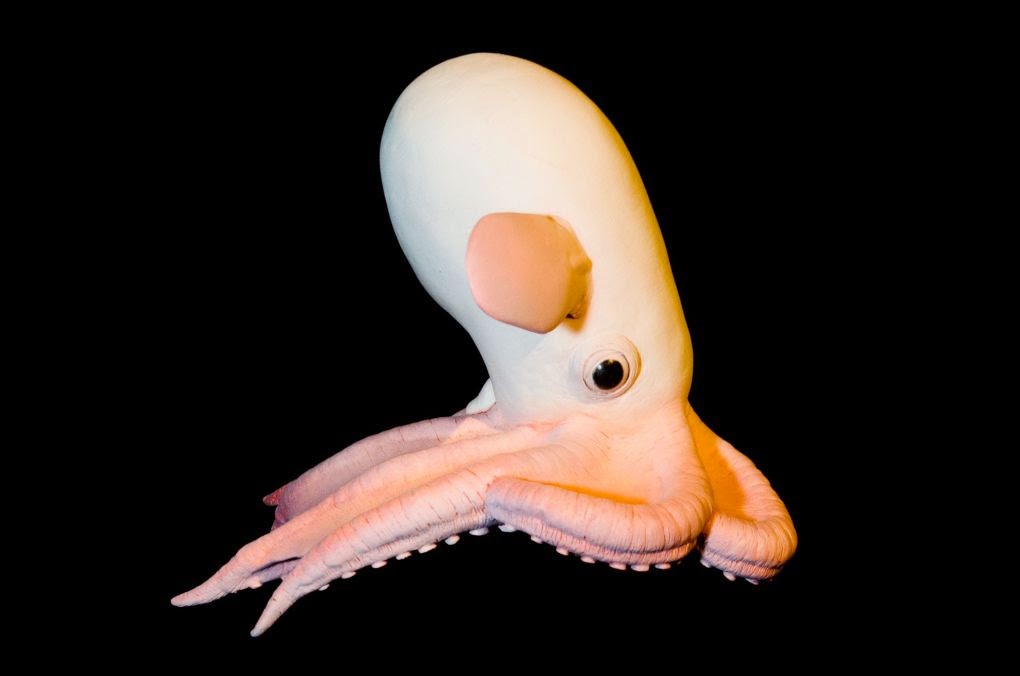
Efforts are being made to conserve deep-sea habitats and establish marine protected areas that can safeguard the delicate balance of this ecosystem. Research expeditions and initiatives focused on understanding the biology and ecology of Dumbo Octopuses are essential to ensure their long-term survival.
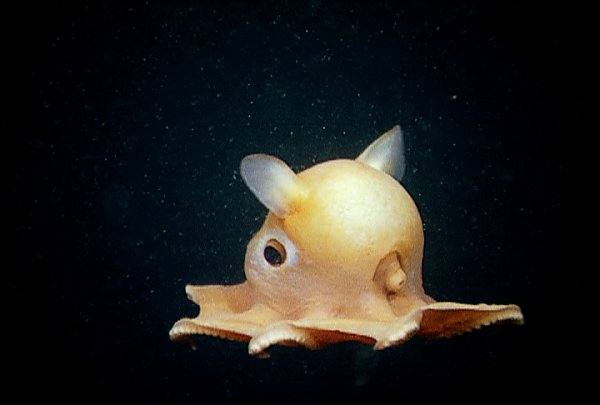
Conclusion
The Dumbo Octopus is an extraordinary creature that continues to captivate our imagination. With its unique appearance, elusive nature, and remarkable adaptations, this deep-sea dweller reminds us of the endless wonders that lie beneath the ocean's surface. By promoting awareness and conservation efforts, we can ensure the preservation of this enchanting species for future generations.